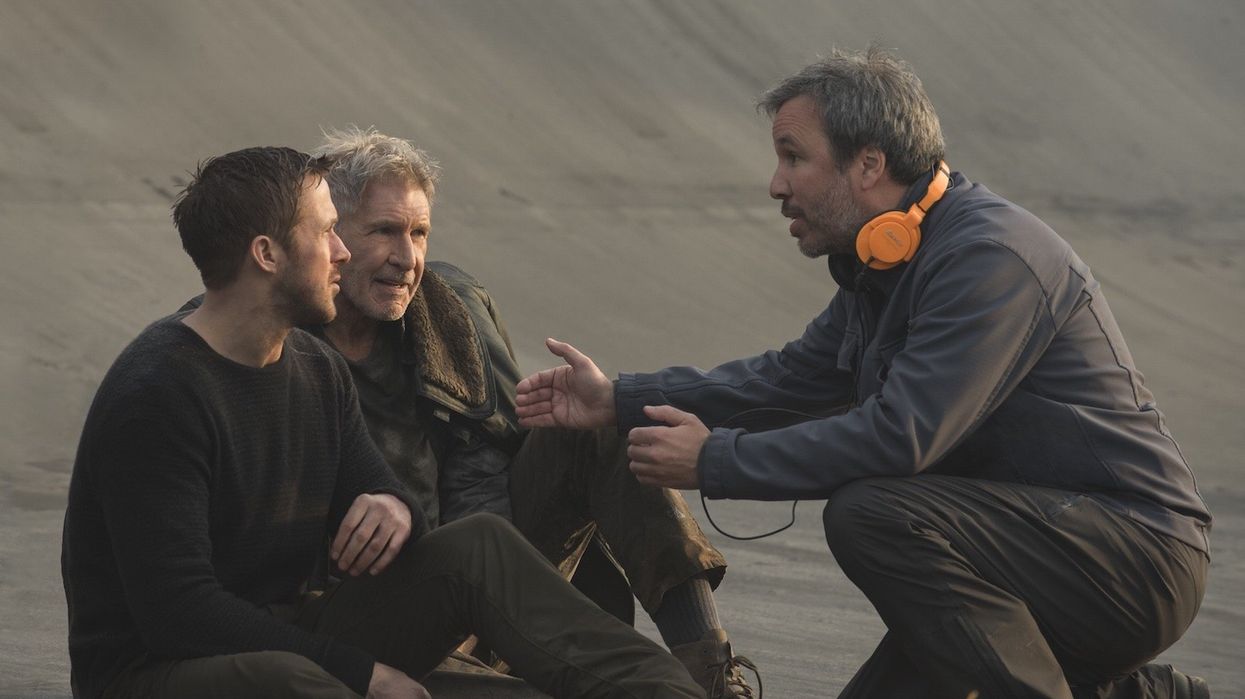Denis Villeneuve Thought His Career Was Over After 'Blade Runner 2049'
A box-office bomb is often the last time you see that director’s name attached to a big-budget film, so how did Denis Villeneuve survive?

Blade Runner 2049landed in theaters in October 2017, and the public’s reaction wasn’t great. The film only grossed about $92.1 million domestically and $260.5 worldwide, losing the studio as much as $80 million, according to The Hollywood Reporter.
The film fell flat, leaving director Denis Villeneuve confused and scared about where his career would go from there.
In an interview with MTV’s “Happy Sad Confused” podcast, Villeneuve opened up about Blade Runner 2049 bombing at the box office. After the movie failed to break even with the film’s budget, Villeneuve was convinced that he would never be able to make another movie again.
Villeneuve said on the podcast, “The miracle for me about Blade Runner 2049 is the following: I’m still making movies and you’re still talking to me.”
The filmmaker put himself in dangerous waters by making a sequel to the beloved 1982 Blade Runner.
Villeneuve said, “I knew that when I did this movie I flirted with disaster. I put myself in massive artistic danger. That was walking, as Christopher Nolan said to me once, walking on sacred territory. It’s true. It was sacrilegious what I did.”
Luckily, the film was acclaimed by critics and the film community for its impressive craftsmanship. It is because of the community of filmmakers' appreciation for Blade Runner 2049 that Villeneuve is still making films.

The director’s Duneadaptation hits theaters and HBO Max on Oct. 22 and has already begun to bring in impressive box office numbers. In an interview last year with IndieWire, Villeneuve talked about how different his approach was on Dune in comparison to Blade Runner 2049.
In the interview, Villeneuve says, “With Blade Runner and Dune, it’s two different pressures. With Blade Runner, I had to be respectful of Ridley Scott’s masterpiece. It was more an act of love. Here it's totally different. I’m dealing with the pressure of the dreams I had as a teenager... That teenager in me is totalitarian and I had to please those dreams. That was the biggest challenge.”
Villeneuve has been very outspoken about his approach to his Dune adaptation, and how it is driven by how teenage him pictured the film in his dreams. Villeneuve’s adaptation will have no stylistic similarities to David Lynch’s 1984 Dune adaptation but hopes to perform well enough in the box office to get the green light from Warner Bros. and Legendary Entertainment to make the two-part Dune adaptation.
While the film critics and film community have raved about Villeneuve’s Dune, it will be interesting to see how the general public reacts to it. Hopefully, the pacing and overall tone of the film will be engaging enough for the public to fill the seats on opening weekend.
What would you think if Villeneuve were to stop making films? Let us know in the comments below!
Source: IndieWire











